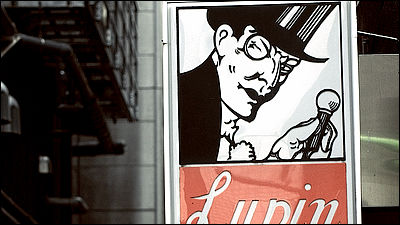What is the life of Fernando Pessoa, a writer with 70 pen names?

These 70 writers are actually all the same person - Ilan Stavans - YouTube
When Pessoa died in 1935, a trunk full of unpublished manuscripts was discovered in his apartment in Lisbon, the capital of Portugal. What was surprising was that the trunk contained works in a variety of genres by dozens of authors from various backgrounds and origins. All of the dozens of writers were fictional characters created by Pessoa, and his posthumous manuscripts were created as works of fictional characters.

It is not uncommon for writers to use pen names. For example,
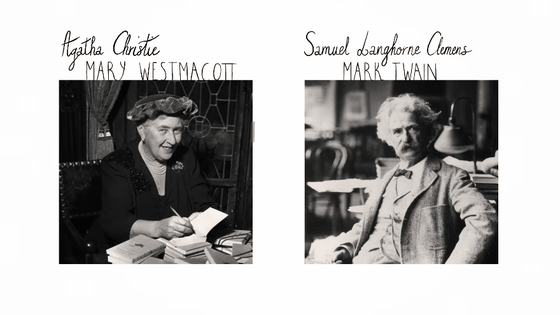
However, Pessoa's pen name is a little unusual. Pessoa himself calls it ``
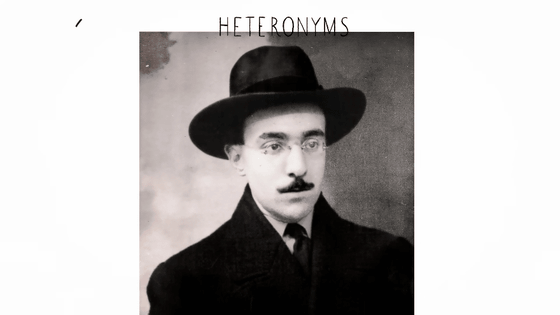
Pessoa says that sometimes the fictional writers he created interacted with each other and criticized each other's works. Pessoa describes himself as ``a nomad through his own consciousness'' and says he is ``a kind of intermediary'' between many divided beings.
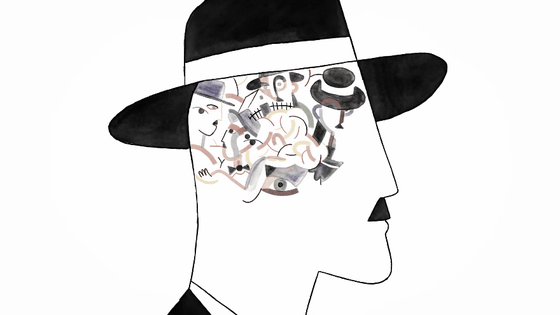
Pessoa was born in Lisbon in 1888 and began writing at the age of six, but by then he was already writing as a different person. The letter written by six-year-old Pessoa was signed by a fictional Frenchman, the Chevalier de Pas.
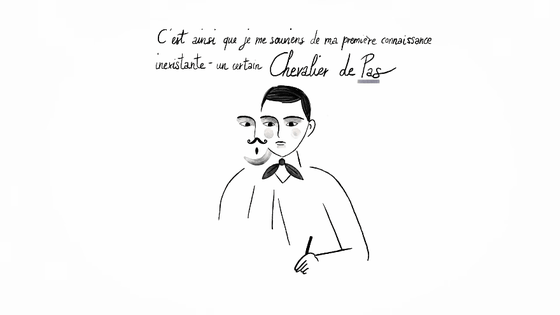
Pessoa immigrated to South Africa with his family in 1895 and learned several new languages. Later, when he was in high school, he published a booklet of poems under several different names.

In 1905 Pessoa returned to Lisbon, where he spent the rest of his life. Pessoa founded a publishing company that published art and literary magazines, but these ventures were unsuccessful, and he was in debt and moving frequently.
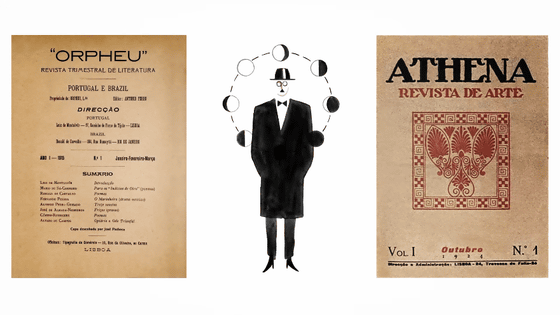
As he moved from place to place, Pessoa's literary experiments continued behind closed doors. Pessoa composes love letters as María José, a teenage girl with a spinal cord disorder, scribbling in various languages on envelopes, book covers, and simple notes. He also used various names for different genres, such as writing detective novels under the name Horace James Faber and writing astrological horoscope analysis under the name Rafael Bardaya.
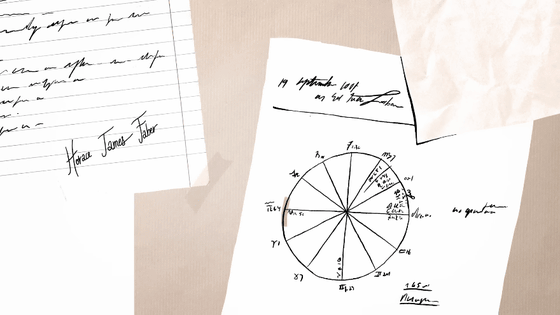
Among them, Pessoa frequently used three characters: Alberto Caiero, a shepherd poet, Ricardo Reis, a doctor who preferred the style of classical poetry, and Álvaro de Campos, a bisexual naval engineer and nomad. Man. De Campos wrote in his notes that ``Fernando Pessoa is a fictional character who does not actually exist.''
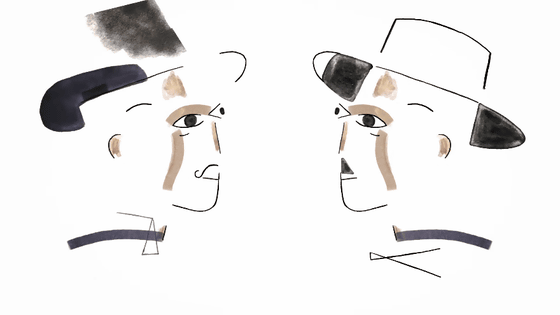
Pessoa published poems, letters, essays, and literary criticism, but the only work he wrote in Portuguese was
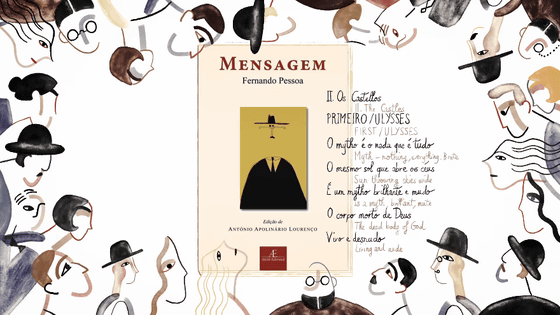
A work called ``
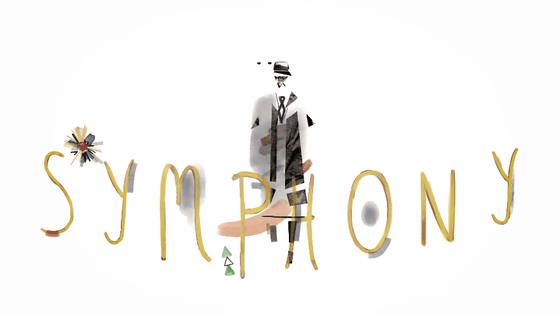
Related Posts:
in Video, Posted by log1e_dh





